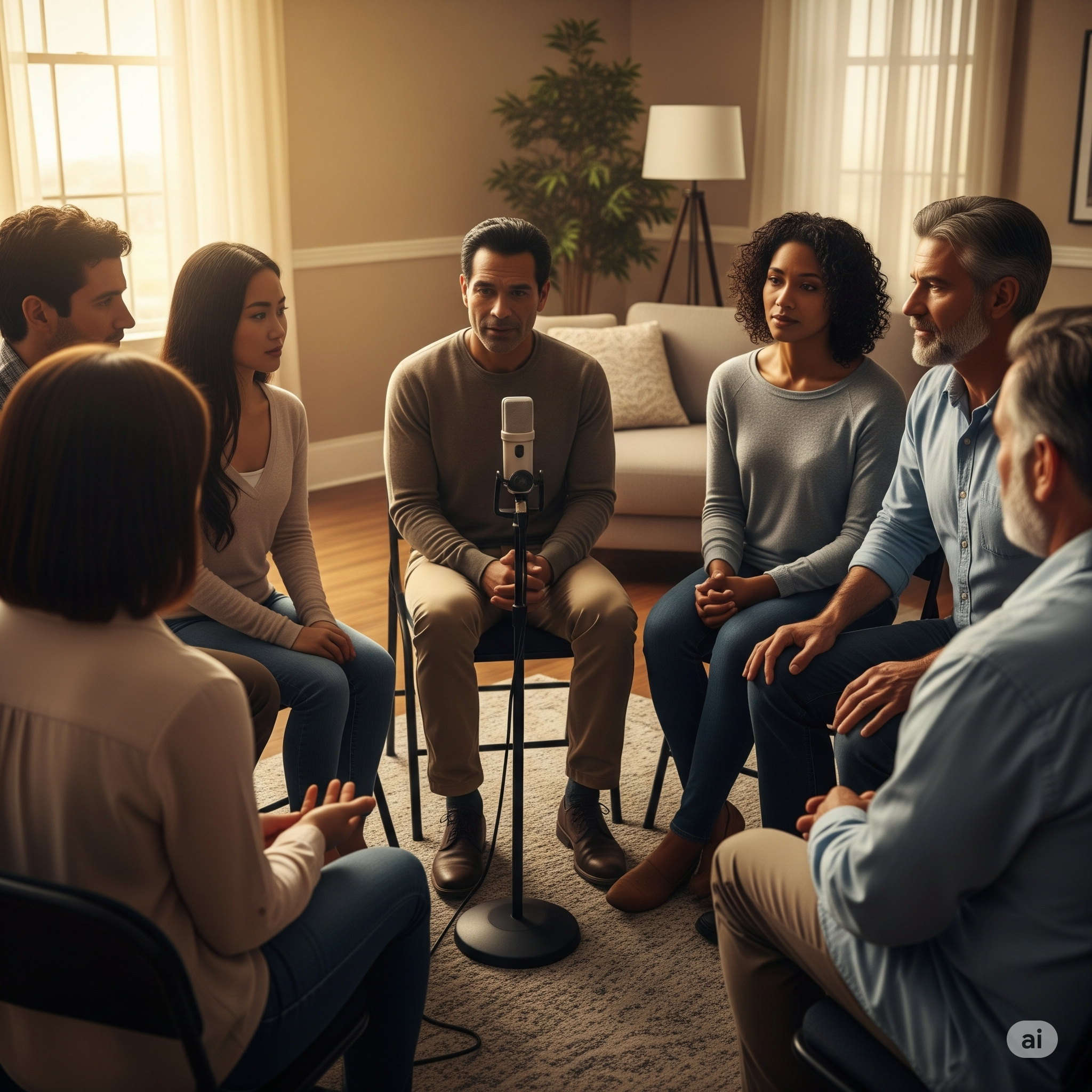Sharing Your Story (Safely): Empowerment and Advocacy for Survivors
Sharing your domestic violence story can be healing—and powerful. Learn how to share safely, protect your privacy, and inspire change without putting yourself at risk.

For many survivors of domestic violence, **telling their story** is a form of healing, empowerment, and advocacy. Whether it's shared in a support group, courtroom, social media post, or campaign—it can help others realize they are not alone.
But sharing your experience publicly or semi-publicly can come with risks. Here's how to do it **safely and intentionally**.
***
### 🎯 Why Survivors Choose to Share
* ✅ Reclaim your voice and power
* ✅ Process trauma and validate your own experience
* ✅ Raise awareness and reduce stigma
* ✅ Help other survivors feel less alone
* ✅ Advocate for change in systems, law, or society
***
### ⚠️ Before You Share: Key Safety Questions
* Am I in a **physically and legally safe position** to speak out?
* Could this affect any **ongoing court cases or custody disputes**?
* Do I want to remain **anonymous**, or share my name and face?
* Am I emotionally ready to **face reactions or relive trauma**?
* What do I hope to get from sharing—**healing, helping others, or both**?
> You don’t owe anyone your story. You have full control over how, when, and what you share.
### 🧠 Ways to Share Your Story
* **Anonymous blog posts or articles**
* **Private support groups (online or in person)**
* **Artistic expression**: painting, poetry, music, film
* **Victim Impact Statement in court**
* **Advocacy organizations or campaigns** (e.g., speaking at events)
* **Journalism**: interviews with DV-aware reporters
* **Social media**, using safety and privacy settings
***
### 🔐 Tips for Protecting Yourself
* Avoid sharing **real names, locations, or court case details** if you’re still at risk
* Use a **pseudonym** or tell your story in generalized terms
* Check **privacy settings** on any platform you use
* Avoid tagging others unless you have consent
* Remember: **you can say “no”** to questions that feel invasive
* Work with **trauma-informed organizations** that will respect your boundaries
***
### ❤️ Finding Safe Outlets to Tell Your Story
* **Shelters and sexual assault centres** often have safe storytelling workshops
* **Campaigns like #BeenThere**, **#MeToo**, or **Survivor-led blogs** welcome anonymous contributions
* **DV organizations in Ontario**, such as:
* **Barbra Schlifer Commemorative Clinic**
* **OAITH (Ontario Association of Interval and Transition Houses)**
* **DAWN Canada** (for survivors with disabilities)
* **Therapists** can help process your story before going public
***
### 📌 Summary: Safe Storytelling for Survivors
* ✅ Sharing can be healing and powerful, but it should be on **your terms**
* ✅ Protect your identity and safety if you’re still at risk
* ✅ Use secure, trauma-informed platforms or organizations
* ✅ Be kind to yourself—pause or stop if it gets too heavy
* ✅ You don’t have to share everything. Even a piece of your journey can inspire change.
***
### 📍 Ontario-Based Support for Sharing Safely
* **Barbra Schlifer Clinic** – [schliferclinic.com](https://www.schliferclinic.com/)
* **DAWN Canada** – [dawncanada.net](https://www.dawncanada.net/)
* **OAITH** – [oaith.ca](https://www.oaith.ca/)
* **211 Ontario** – Dial 2-1-1 for trauma counselling referrals
* **Assaulted Women’s Helpline** – 1-866-863-0511 (24/7)
***
